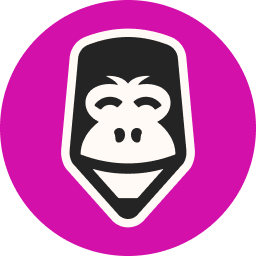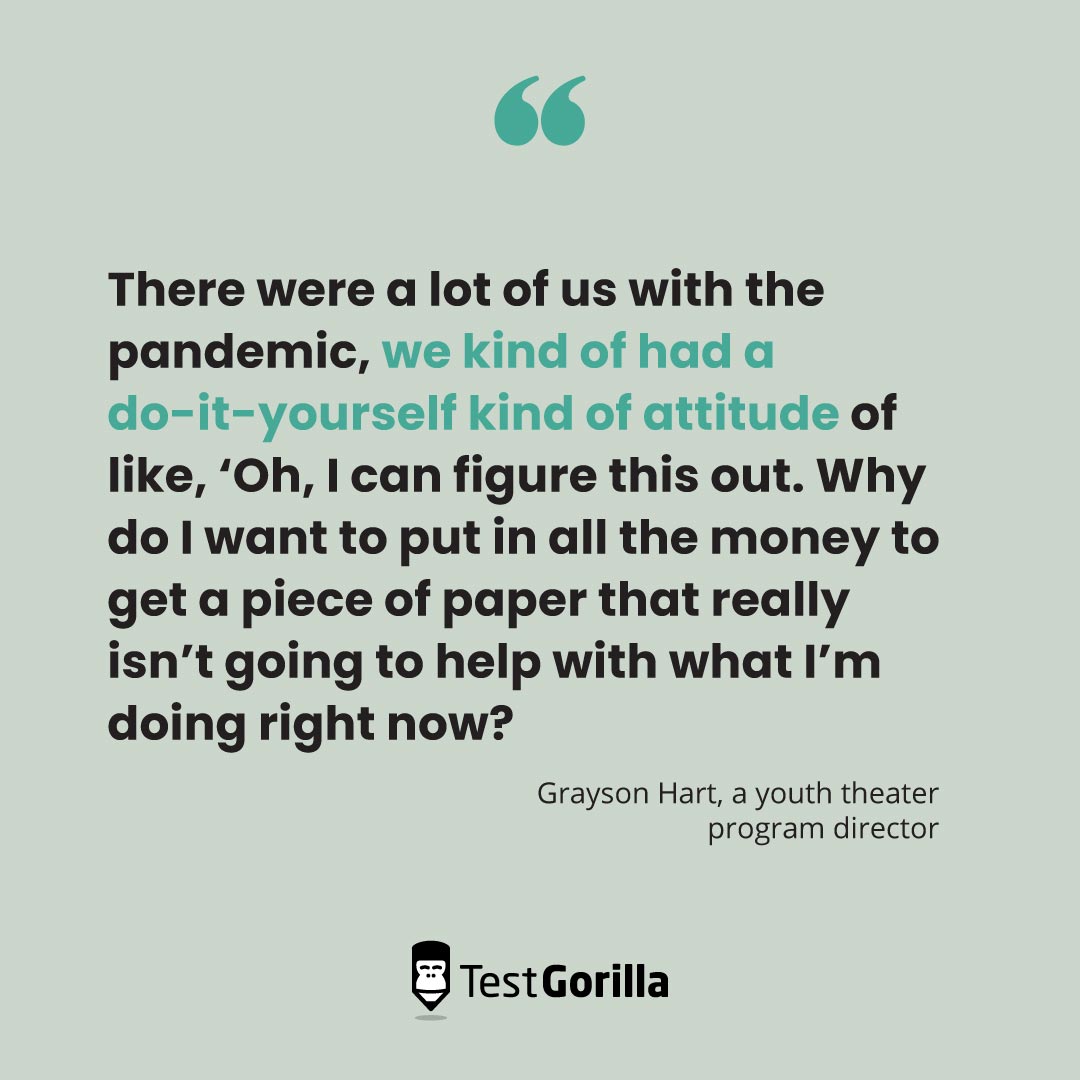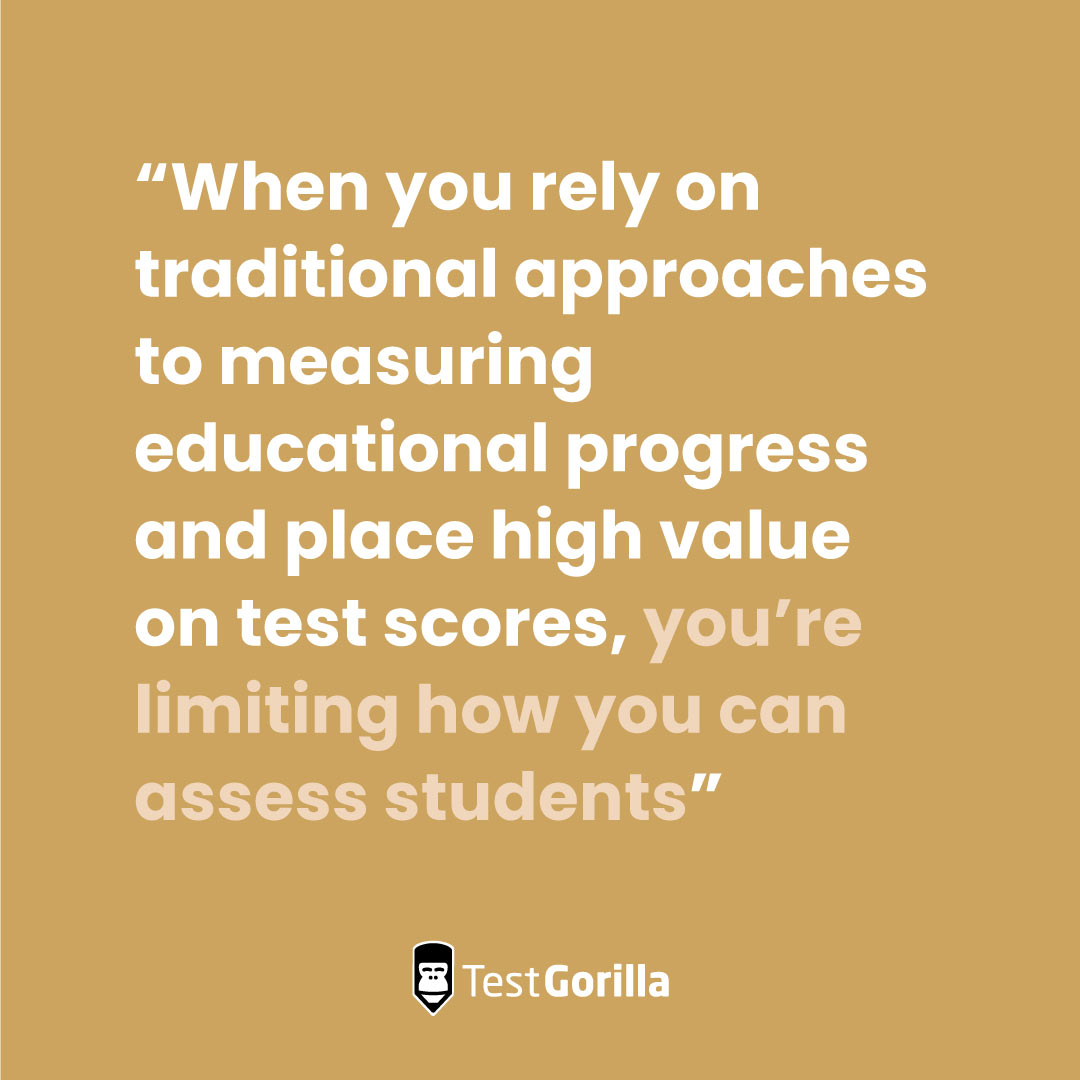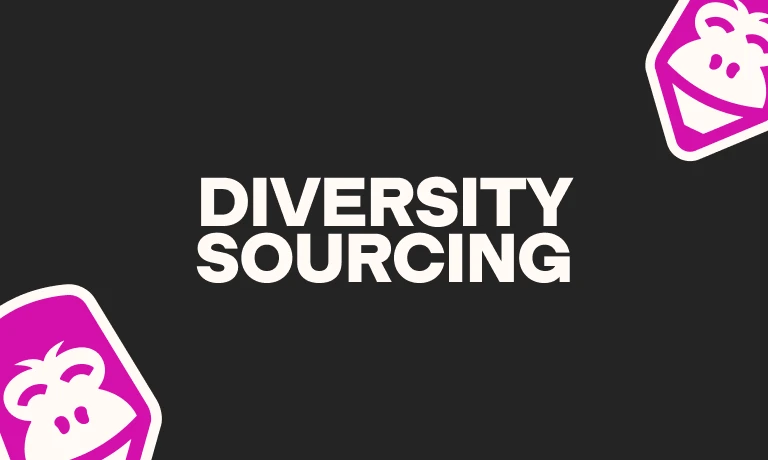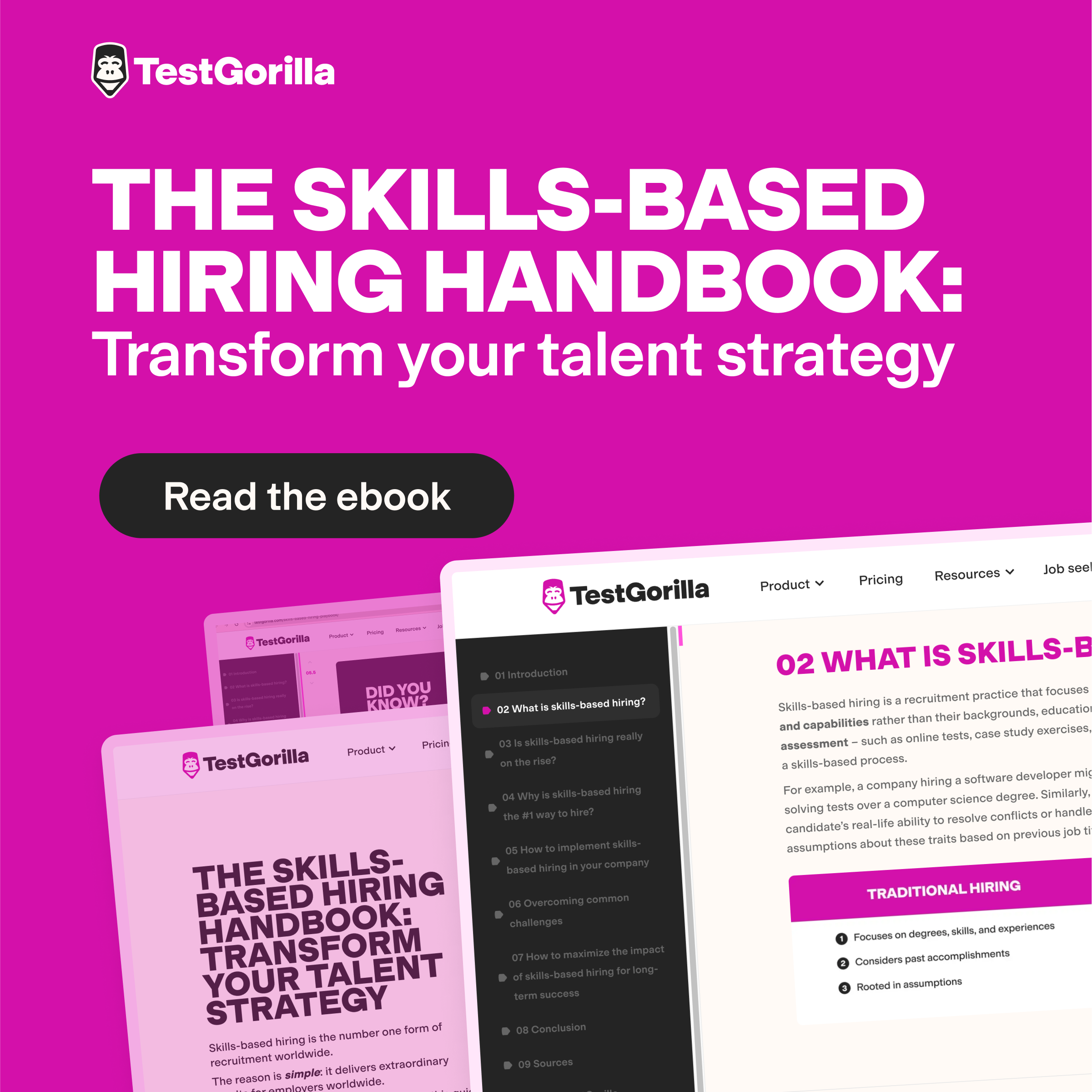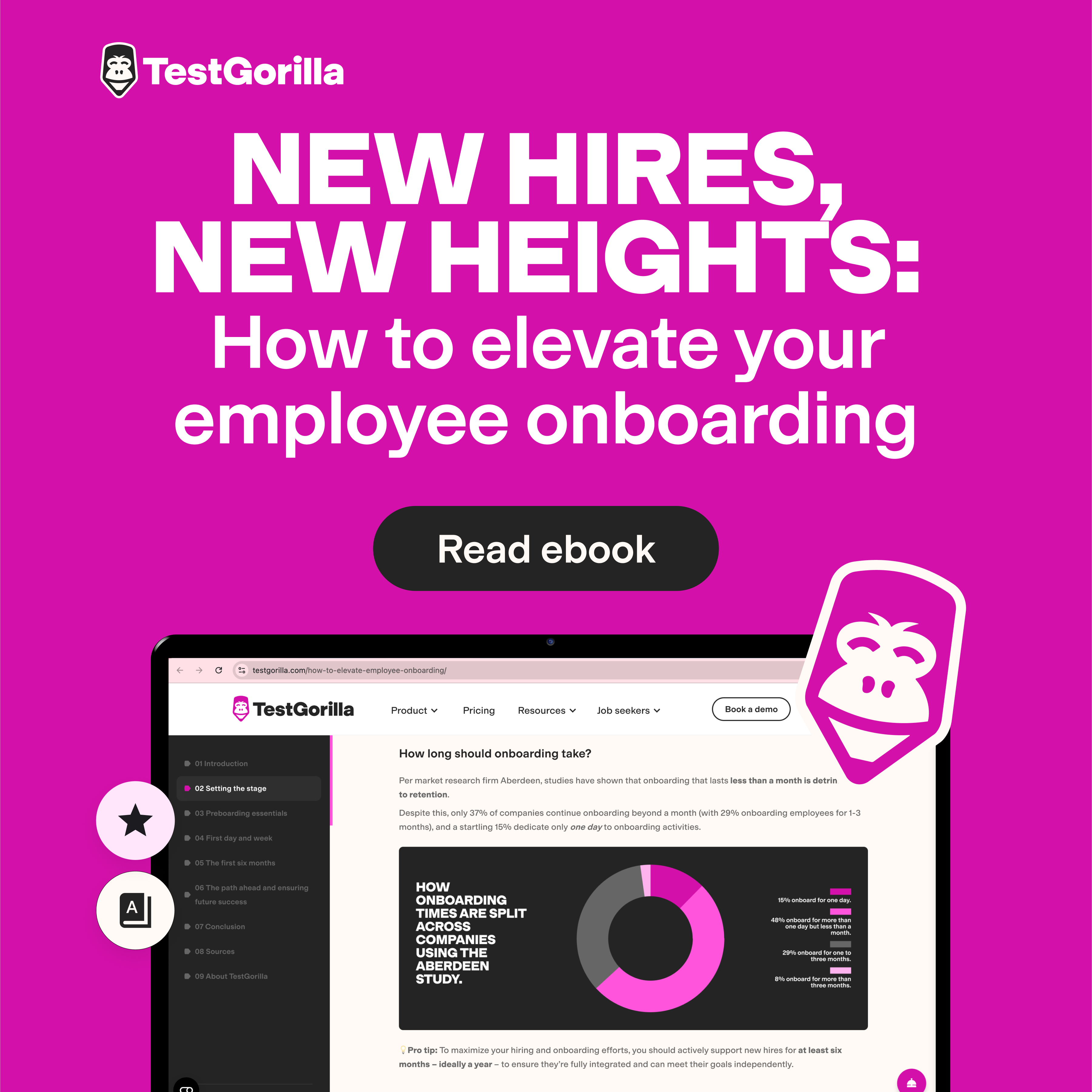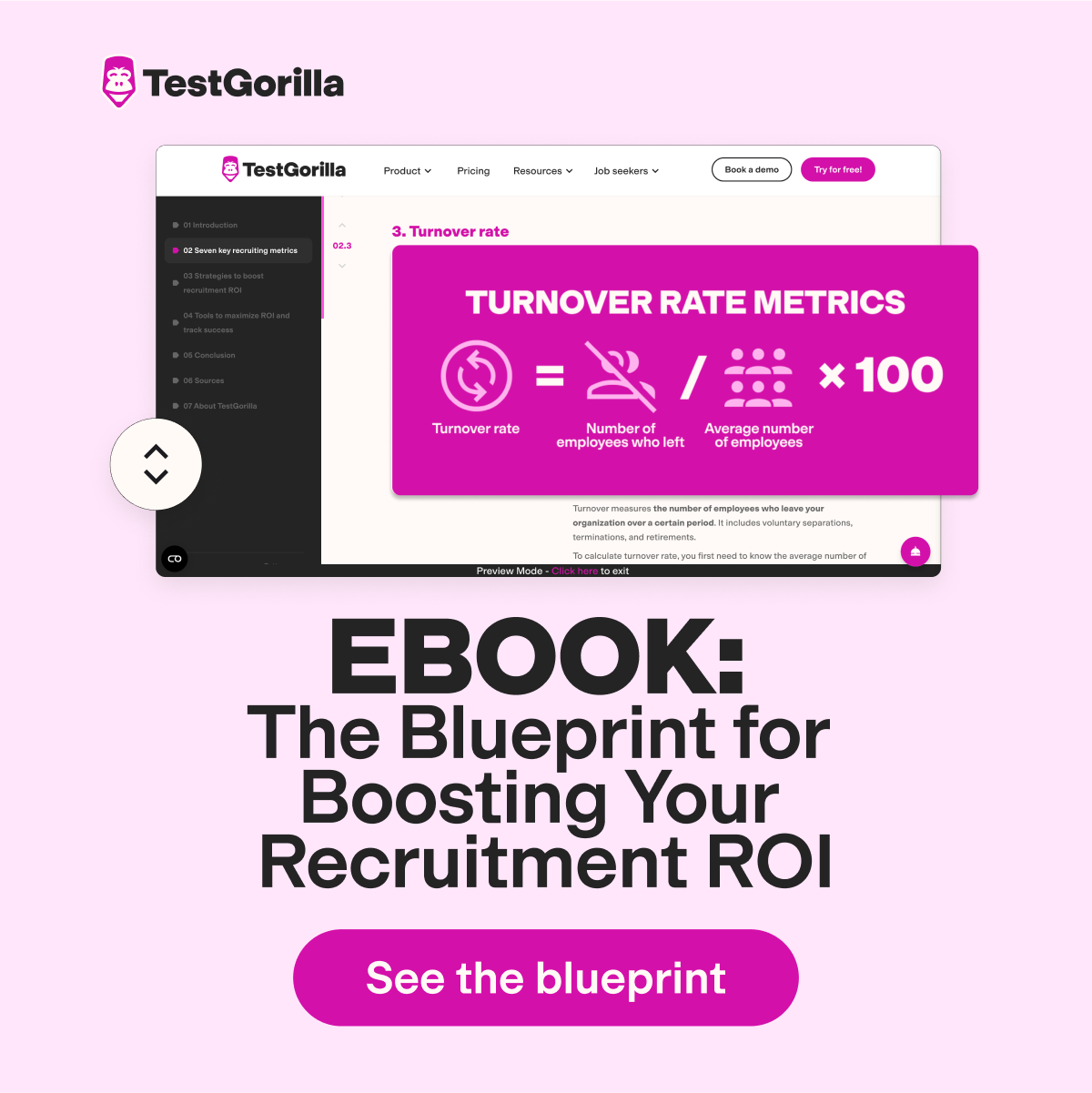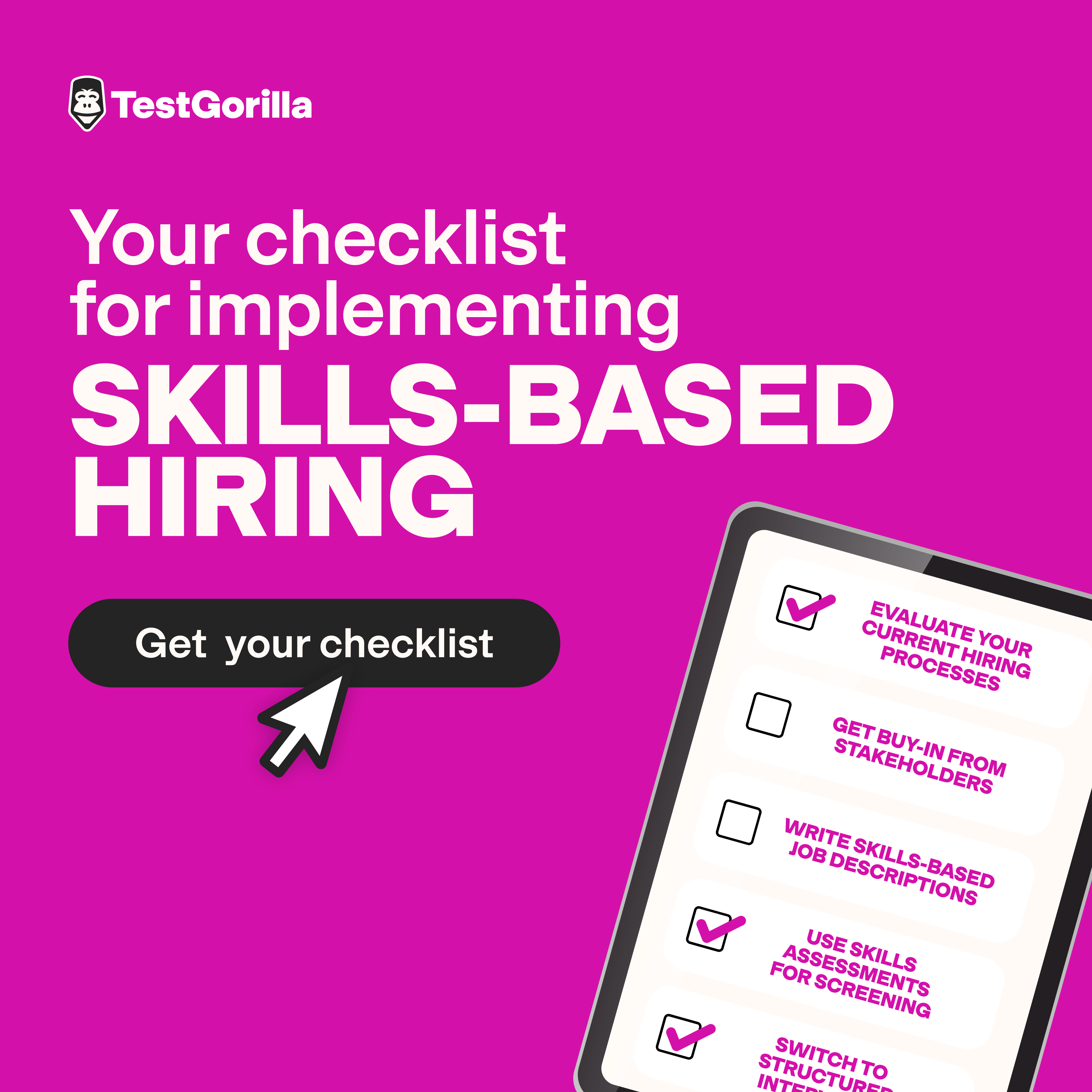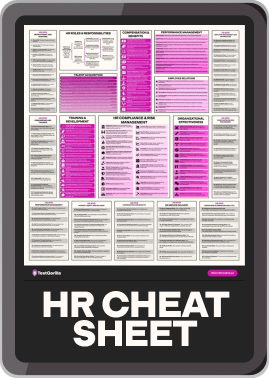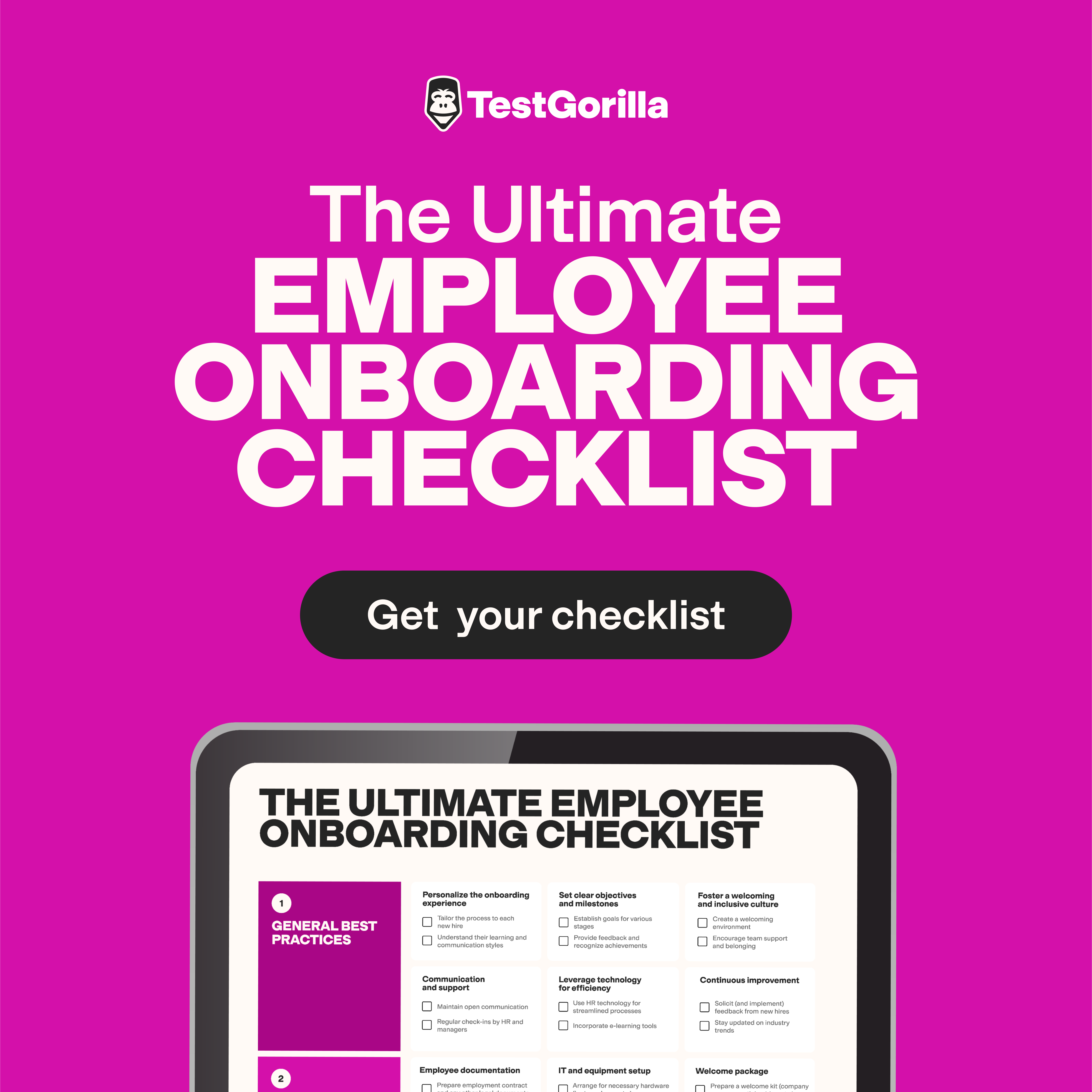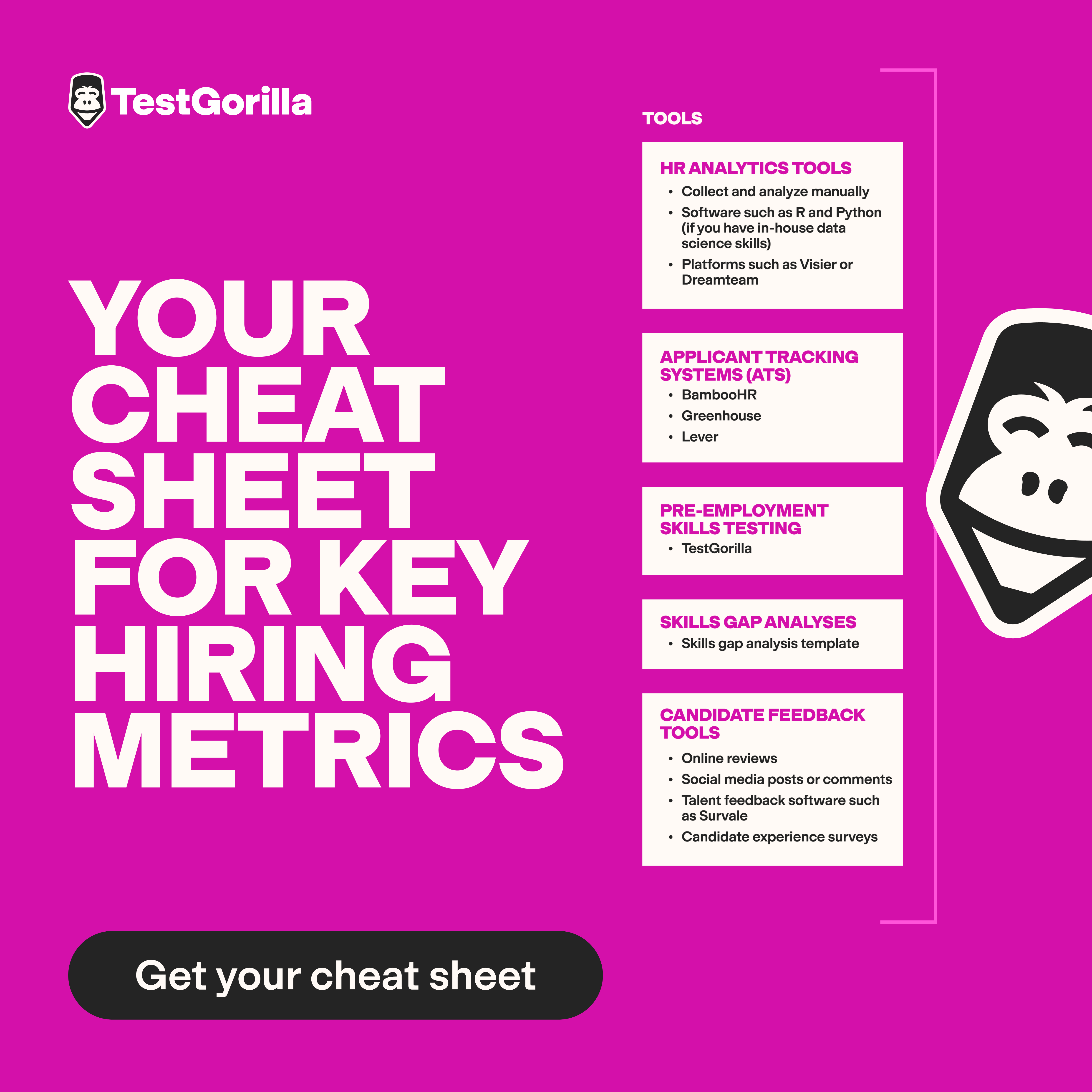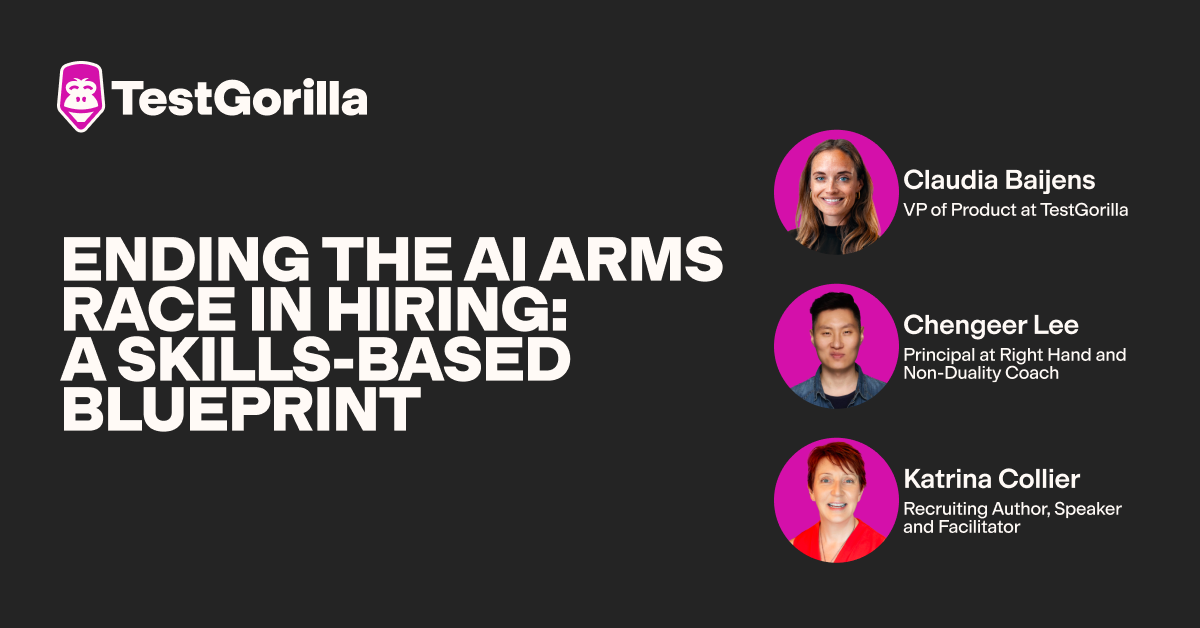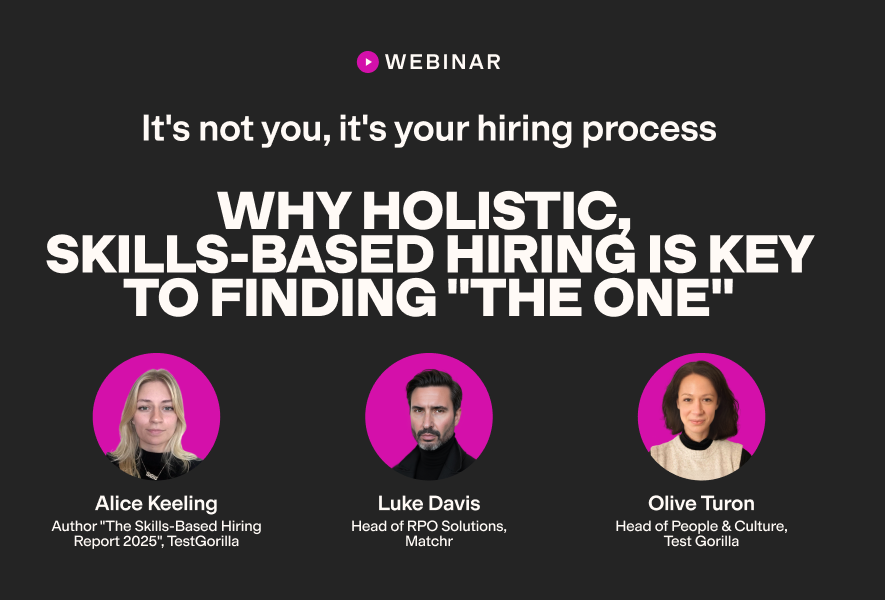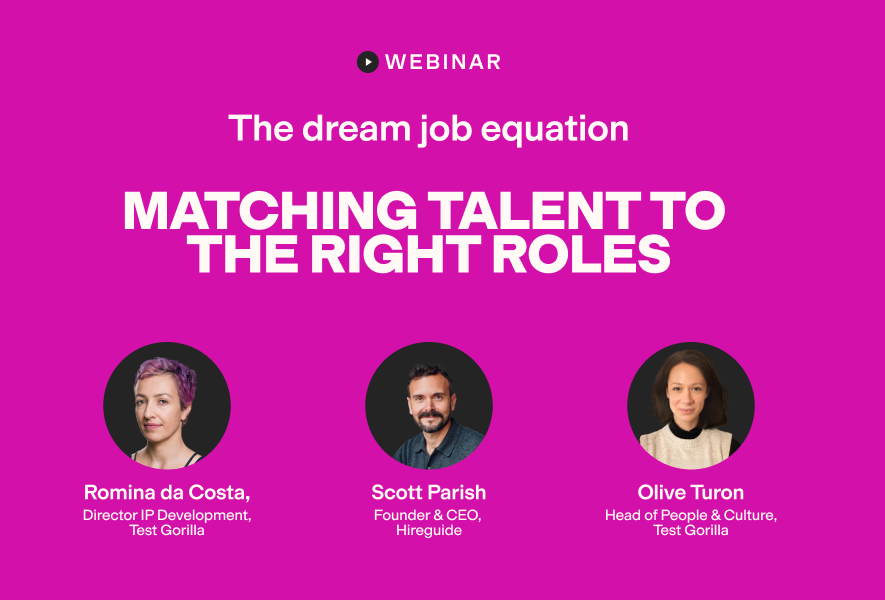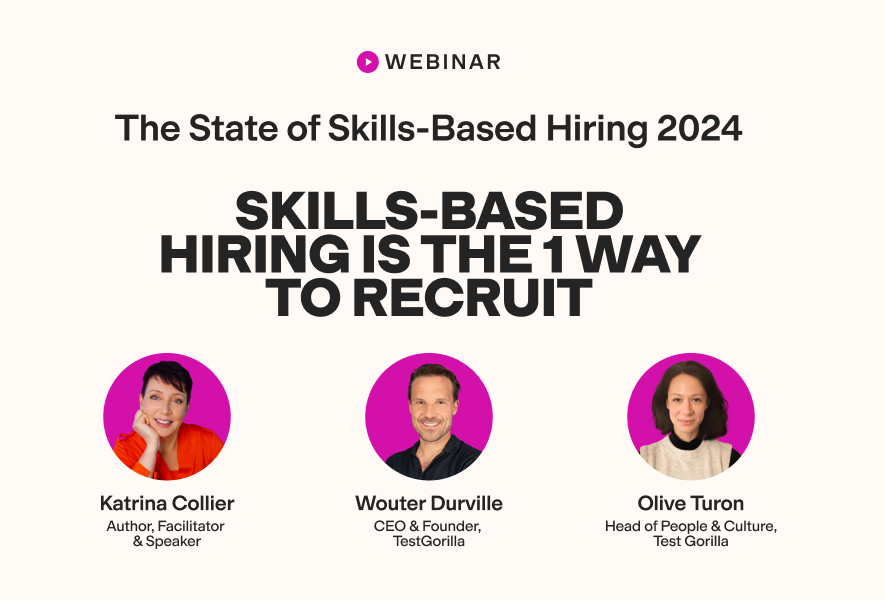Shaping tomorrow'a workforce: A guide to measuring skills development in education
In 1980, the average annual cost for a four-year undergraduate program was around $10,000. Fast forward four decades and that figure has soared to nearly $30,000, marking an increase of almost 180%.[1]
This significant rise in tuition fees is one of the reasons why fewer young adults are considering college as their next step after high school. Moreover, an increasing number of companies are shifting towards skills-based hiring, placing less emphasis on qualifications, connections, or experience.
However, this doesn't mean that educational institutions should resign themselves to dwindling enrollment numbers or sending students into the workforce unprepared.
Colleges can maintain their competitive edge by shifting their focus towards skills development, moving away from traditional learning and assessment methods. This approach not only has the potential to attract more students but also equips them for a modern workplace that values skills over resumes.
In this article, we delve into why educational institutions should pave the way for skills-based hiring. We'll explore the differences between traditional and skills-based assessments and provide guidance on implementing skills-based learning and assessment strategies. With this guidance, institutions can best prepare students to enter today’s job market.
Why should educational institutions pave the way for skills-based hiring?
In 2010, college attendance in the United States hit a high, with 18.1 million students enrolling in undergraduate programs.[2]
Fast forward a decade, and we see a 15% drop, with 15.4 million students pursuing undergraduate degrees in 2021.
Today, total college enrollment is still playing catch-up with pre-pandemic levels, lagging behind by about a million students.[3] One theory for this trend? The pandemic-induced shift to online learning has sparked a wave of self-sufficiency among students. They're teaching themselves the skills they need for their future careers.
Grayson Hart, a youth theater program director, summed it up perfectly in an interview with Fortune: “There were a lot of us with the pandemic, we kind of had a do-it-yourself kind of attitude of like, ‘Oh, I can figure this out. Why do I want to put in all the money to get a piece of paper that really isn’t going to help with what I’m doing right now?’”
Moreover, industries like tech, arts and entertainment, and professional services are facing layoffs. This suggests that those stepping into the workforce might find soft skills such as adaptability, flexibility, and creative problem-solving more valuable than a four-year degree.
So, if a diploma isn't as attractive as it used to be for prospective students, it's time for educational institutions to pivot. Focusing on practical skills development over traditional learning and assessment methods could be the key to attracting students and better preparing them for the evolving world of work.
Now, let's explore how this could play out.
Traditional vs. skills-based assessment methods
When you rely on traditional approaches to measuring educational progress and place high value on test scores, you’re limiting how you can assess students.
Assessment methods like multiple choice tests and open-ended exams no longer make the grade when preparing students for their first job applications. You can’t, for example, measure soft or interpersonal skills when a student’s grade is solely based on a midterm and final exam.
Additionally, while you may be able to measure a student’s understanding of a subject with a written exam, you miss out on the practical implications of their learning. A written subject-based exam can’t tell you how your student can apply their knowledge to a real-world situation.
More and more companies are moving towards a skills-based approach to hiring, with 76% of employers today using talent assessments to find the right people for their open roles.[4] This means educational institutions need to adopt similar methods of measuring skills acquisition to better prepare students for a changing world of work.
Skills-based assessments use assignments and case studies to test applied skills. You can use them to measure hard skills, like Python coding or accounting, as well as key soft skills, such as communication and motivation. This gives you a more comprehensive look at not only what students have learned but also how they can apply them in a professional setting.
The best insights on HR and recruitment, delivered to your inbox.
Biweekly updates. No spam. Unsubscribe any time.
7 ways to implement skills-based assessments in education
Imagine if educational institutions hadn't adopted computers when they became mainstream. Students would have been ill-prepared for the emerging careers of the time.
Today, we're facing a similar situation: Solely relying on traditional methods of academic assessment is becoming an outdated approach.
Incorporating talent assessments alongside exams offers opportunities to younger people and those who haven't followed traditional education paths.
This is significant when you consider that over half of the respondents surveyed for our State of Skills Based Hiring report felt that they weren’t passing screening processes due to having a lack of relevant experience on their resumes.[4] By equipping them with the right skills, educational institutions can help them overcome this hurdle.
Here are some steps you can use to implement skills-based assessments and provide students with the knowledge and support they need to enter the job market.
1. Rethink the need for 4-year degrees
Employers are increasingly moving away from degree requirements: The State of Maryland, for instance, recently announced it would no longer require bachelor’s degrees for half its jobs.[5] Additionally, large corporations like IBM, Dell, and Google have cut degree requirements for applicants.[6]
By restructuring how you train and assess students, you can draw in more students and better prepare them for the current job market. Offering skills training in shorter, bite-sized courses can be a great way to help students acquire skills without studying for four years or accumulating debt.
Coding boot camps, for example, offer STAR workers (skilled through alternative routes) the opportunity to train as software developers in mere few months and for tens of thousands of dollars less than a university diploma. Skilled credentialing programs like Merit America are also quicker and more affordable than an undergraduate degree.
These alternative education pathways allow participants to acquire the skills necessary for in-demand jobs like IT support, data analytics, and UX design. Educational institutions should consider adapting their offerings to offer shorter, intensive training programs that prepare students to directly enter the job market in key sectors.
2. Identify key skills and goals
Aside from understanding course material, new graduates need key skills to make it in a professional setting. Educators should identify which skills are in-demand and especially relevant for today’s job market, such as:
That way, schools and universities can offer extra support to their students, like optional courses or supplementary material for their classes. This ensures they have the key skills to thrive in an ever-changing world of work.
For example, offering digital skills courses on computer literacy and artificial intelligence (AI) ensures that, on top of what students are learning in their major, they have the knowledge they’ll need to get ahead in a digital world.
3. Use talent assessments
There’s little use teaching skills if you can’t measure how well students are learning and retaining them. Schools and colleges can use talent assessments as a regular part of evaluating their students.
Talent assessments not only show students what skills they need to brush up on but can also help them showcase their abilities to potential employers.
For example, if a university doesn't offer a major in human resources, but a student wants to become an HR manager, they could choose a related major, like organization studies or psychology. Then, they can demonstrate their role-specific knowledge by taking an HR management assessment.
4. Use project work and gamification
Instead of relying on essays and exams, which tend to focus on individual achievements, project work helps students learn key soft skills like communication and collaboration that they can then carry into their careers. Educational institutions can easily start evaluating teamwork within their assessment criteria by incorporating a project work element into examinations.
Gamification is also a novel, more engaging way to check progress by creating real-world simulations. When used for teaching as well, it’s been shown to improve student participation, interest, motivation, and performance.[7]
For example, instead of having students simply submit a research essay for grading, turn it into a debate contest. Assign one half of the classroom one side of an issue and give the other half the counterpoint position. Each student researches and writes their own essay in the usual way but, instead of grading them individually, you then give them time to meet with their half of the class, consolidate their findings, and prepare for the debate.
Making it interactive and fun makes it more engaging than just writing an individual essay, so it’s more likely they’ll remember the experience and what they learned.
Include students’ participation in the debate as part of their essay grade. This gets them more invested in the assignment while encouraging them to collaborate with their team members.
5. Emphasize observation and mentoring
It’s not all about what students learn in the classroom: Mentoring programs can help students gain relevant skills by pairing them with the right faculty member for their career interests. This can range from skills training to research mentoring to leadership, giving students a broader base of skills and knowledge upon graduation.
The University of Kentucky Chellgren Center, for example, runs a Student Fellows Program that offers additional assistance and support in developing individualized study plans. Students are also assigned a mentor to undertake a research project.
The Indiana University Faculty Mentoring Initiative (FMI) pairs IU faculty, staff, and alumni with current students. This provides them with additional guidance and resources and exposes them to new perspectives.
6. Promote peer learning and feedback
Mentoring doesn’t have to be a top-down approach. Peer-to-peer and reverse mentoring and learning can help students learn relevant skills from other students, both within the classroom and outside it.
In smaller seminars, teachers can pair up students to evaluate each other and provide input and ideas. This helps people learn how to work in groups, share information, and give and receive constructive feedback.
Outside the classroom, new students can be matched with upperclassmen to give them exposure to diverse perspectives and experiences. For example, the University of Michigan runs a mentorship program that pairs freshmen with volunteer student mentors that help guide them through this new chapter in their life. They share resources with them and participate in skills-building activities.
7. Think about how students can demonstrate skills during job applications
To help students make the most of their skills training, they need to learn how to leverage and advertise their abilities.
On top of providing resume workshops, universities could help students create digital passports that showcase role-specific skills alongside education, qualifications, and work experience. With digital passports, companies can evaluate whether an applicant is right for a role even if they lack a related four-year degree.
IBM, for example, uses “digital credentials” to unify relevant skills for people without an undergraduate degree. This helps them track skills and knowledge gained through online courses, experiential skills-based learning, and on-the-job training. This means employees and students have a way to showcase their abilities even if they don’t have a bachelor’s degree.
Use talent assessments in education to future-proof learning for students
Education has traditionally paved the way for higher-earning careers, but it no longer has to take the form of a four-year degree. Many companies increasingly value skills over qualifications and experience, and soft skills like flexibility, adaptability, and collaboration are increasingly in demand.
With fewer and fewer young people looking towards a university degree or formal qualifications, educational institutions need to adapt to stay relevant.
Schools, training programs, and universities need to start focusing on assessing skills rather than traditional methods of academic evaluation. Combined with skills training, this approach equips students with the necessary skills for their careers and makes it easier for them to showcase their abilities to employers.
Skills-based hiring is a more equitable approach to talent acquisition that’s replacing outdated, biased hiring methods like resumes and referrals. Educational institutions can keep up with the shift to skills-based hiring by using the same methods to assess skills development during courses.
Institutions that do this will become more aligned with the current state of the labor market and employer preferences – and their students will be better prepared to enter the job market.
Exams aren’t the only way to check employment readiness. Talent assessments let you track skills development so you and your people can stay competitive. Check out our test library.
Sources
“College Tuition Inflation: Compare The Cost Of College Over Time.” (2023). Forbes. Retrieved July 12, 2023. https://www.forbes.com/advisor/student-loans/college-tuition-inflation/
“Undergraduate Enrollment.” (2023). National Center for Education Statistics. Retrieved July 12, 2023. https://nces.ed.gov/programs/coe/indicator/cha
“Current Term Enrollment Estimates.” (2023). National Student Clearinghouse Research Center. Retrieved July 12, 2023. https://nscresearchcenter.org/current-term-enrollment-estimates/
“The State of Skills-Based Hiring 2022.” (2022). TestGorilla. Retrieved July 12, 2023. https://www.testgorilla.com/state-of-skills-based-hiring-2022/
“Dropping the Degree as a Hiring Requirement.” (2022). Inside Higher Ed. Retrieved July 12, 2023. https://www.insidehighered.com/news/2022/06/03/state-eliminates-bachelors-degree-requirement-many-jobs
“You no longer need a college degree to work at these 7 companies.” (2023). Business Insider. Retrieved July 12, 2023. https://www.businessinsider.com/google-ibm-accenture-dell-companies-no-longer-require-college-degrees-2023-3
“The impact of applying a challenge-based gamification program on students’ learning outcomes: Academic achievement, motivation and flow.” (2023). Education and Information Technologies. Retrieved July 12, 2023. https://link.springer.com/article/10.1007/s10639-023-11585-z
Related posts
You've scrolled this far
Why not try TestGorilla for free, and see what happens when you put skills first.

